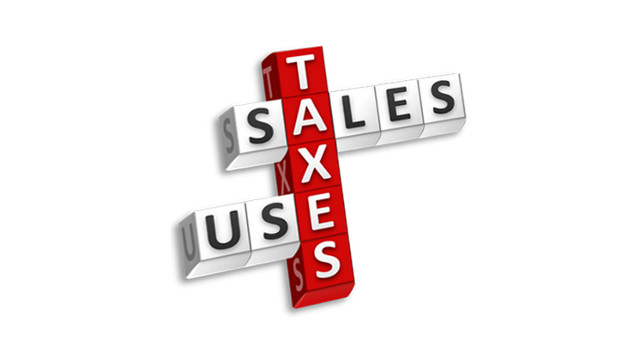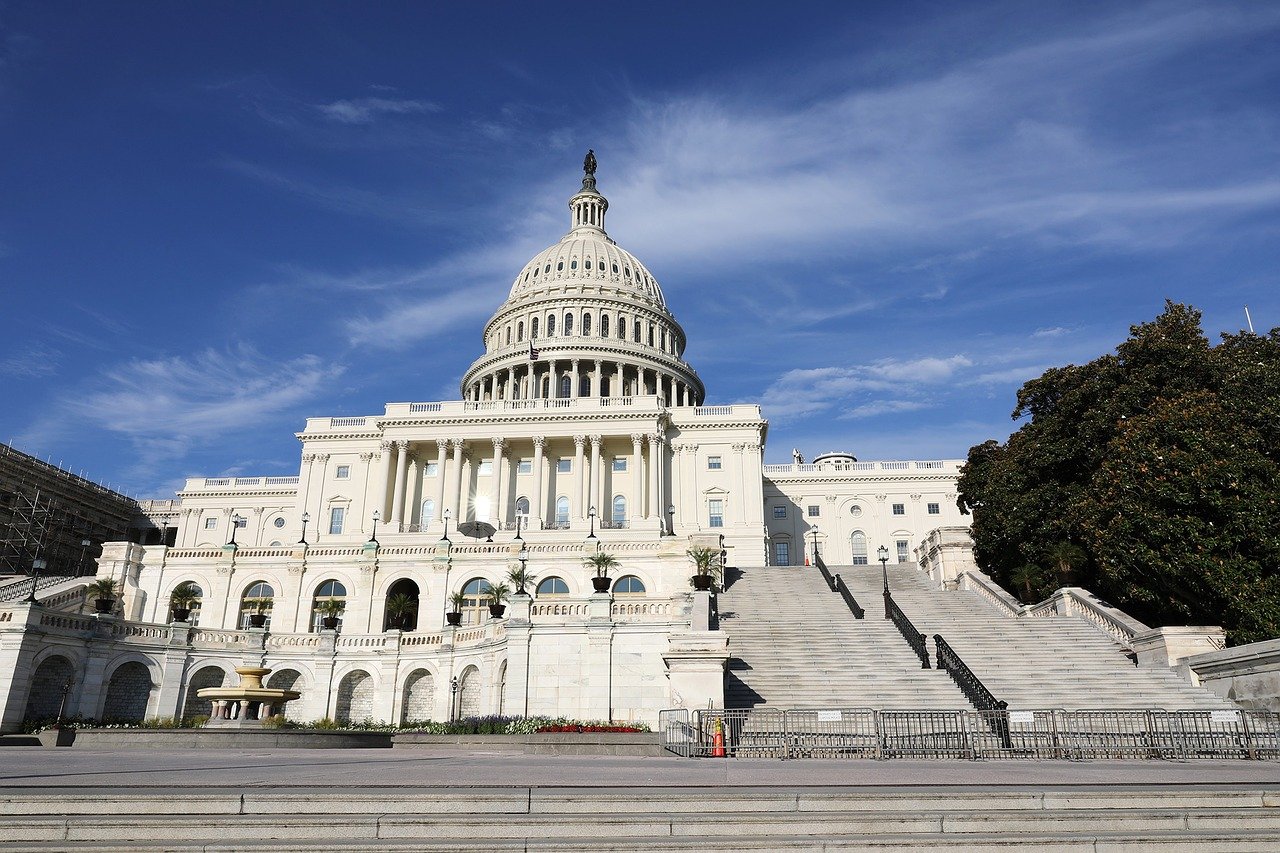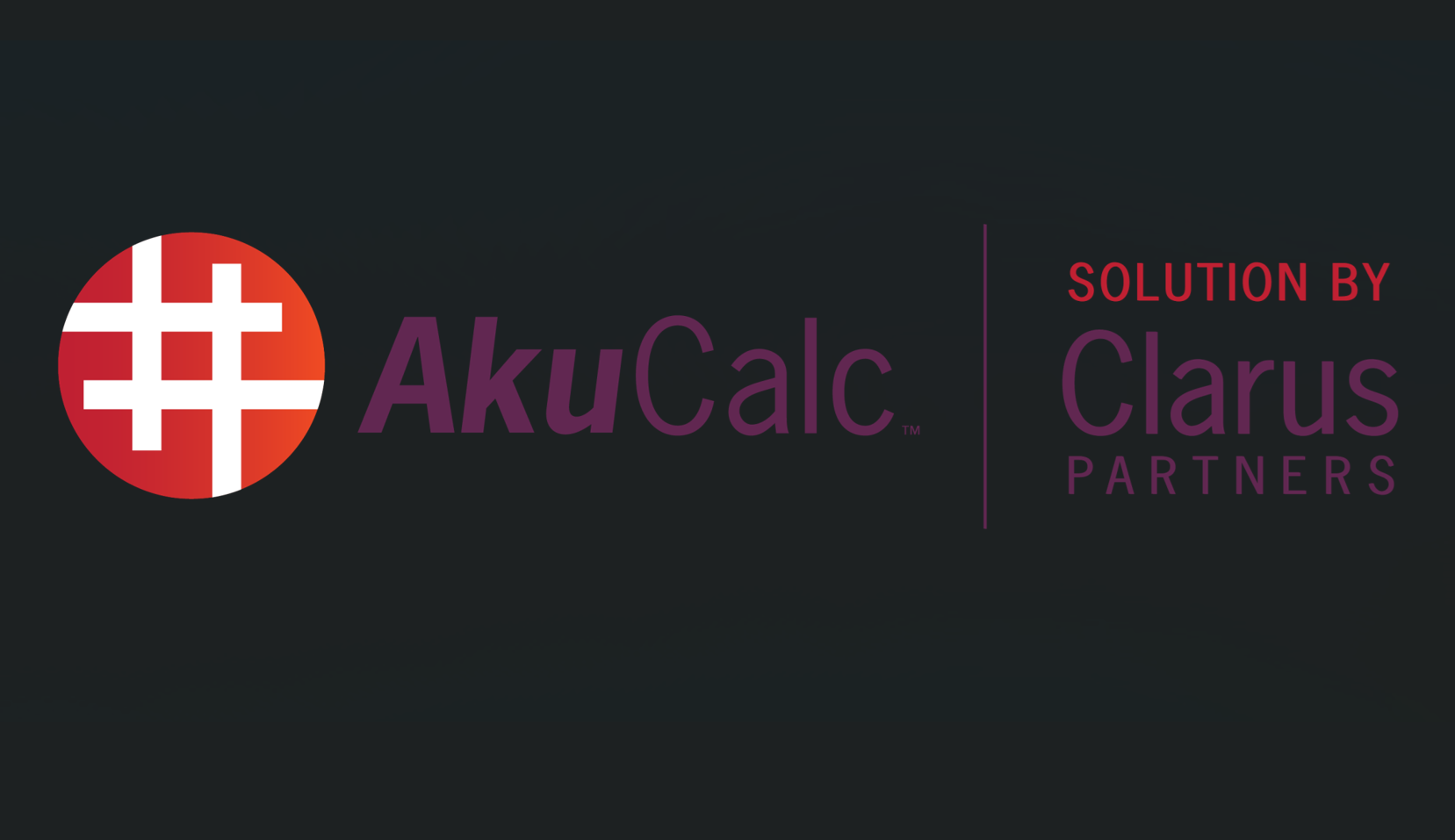A clearer picture of the post-pandemic U.S. sales tax environment is emerging, and things are looking (surprisingly) brighter, yet (predictably) more complex.
An early analysis of the Vertex Mid-Year 2021 Sales Tax Rates and Rules Report suggests that $350 billion goes a long way toward helping most, but certainly not all, states manage the revenue shortfalls triggered by last year’s COVID-19 related business closures and social-distancing measures. As states focus on stabilizing their budgets with help from the American Rescue Plan Act of 2021, new district sales taxes continue to materialize at a rapid clip, continuing a trend we identified last year.
Our Mid-Year 2021 Sales Tax Report reflects data collected from cities, districts, counties and states through May 31. These figures align with what we’ve seen in our work with corporate tax groups, which are tracking sales tax rates and rules changes while adapting to post-Wayfair changes, reevaluating their tax systems’ performance following a year of historic volatility and, in many cases, advancing their migration to cloud technologies.
Summary of the Mid-Year Report Preview’s most notable findings include:
- The proliferation of new district taxes continues: The number of new district taxes that appeared in 2020 (177) was the second highest in the past decade. Through May 31 of this year, 126 new district taxes have been enacted. If this pace sustains, 2021 would see a record number of new district taxes.
- Districts are also changing tax rates more frequently: The number of sales tax changes at the district level through May 31 (26) is also outpacing 2020 district tax changes (16 through June 30, 2020; and 36 for all of 2020). While most of these 2021 district tax changes are decreases, they add complexity to tax-management processes.
- Average rates continue to rise: Despite those district tax rate decreases, the average district tax rate (currently 0.98%) – along with the average county (1.75%) and city (1.76%) average sales tax rates – continue to increase. The combined average 2021 sales tax rate through May 31 is 10.14%, a 10-year high.
No states have enacted rate changes since 2019, which is why the average state sales tax rate remains at 5.63%. Most states managed to weather the economic and fiscal challenges posed by the global pandemic. That said, a handful of states whose revenues rely on taxes generated by energy, transportation, tourism and other hard-hit industries face daunting budget gaps that still need to be addressed.
Tax leaders should continue to keep tabs on sales tax rules and rates for that reason, along with the fact that sales tax represents a substantial component of total revenue (an average of 33%) in the 45 states (plus the Washington D.C.) that charge sales and use tax.
Indirect tax teams also should continue to monitor ongoing post-Wayfair sales tax changes as well as related auditing activity. We’ve seen foreign in-bound sellers implement sales tax technology solutions and/or begin to sell through marketplaces to comply with new sale tax collection and remittance requirements on their transactions. In Europe, marketplaces and online vendors have a very short window to prepare for impending VAT e-commerce legislation set to take effect in the European Union (EU) on July 1, 2021.
We’re also witnessing growing interest in the adoption of cloud-based tax technology, particularly among small to mid-market companies that are newly subject to sales taxes. These solutions are attractive for their implementation speed and ease, relatively low capital investment and the fact that vendors (not tax teams) continually update the software to reflect the latest sales tax rules and rate changes.
Thanks for reading CPA Practice Advisor!
Subscribe Already registered? Log In
Need more information? Read the FAQs
Tags: Sales Tax, Small Business, Technology




